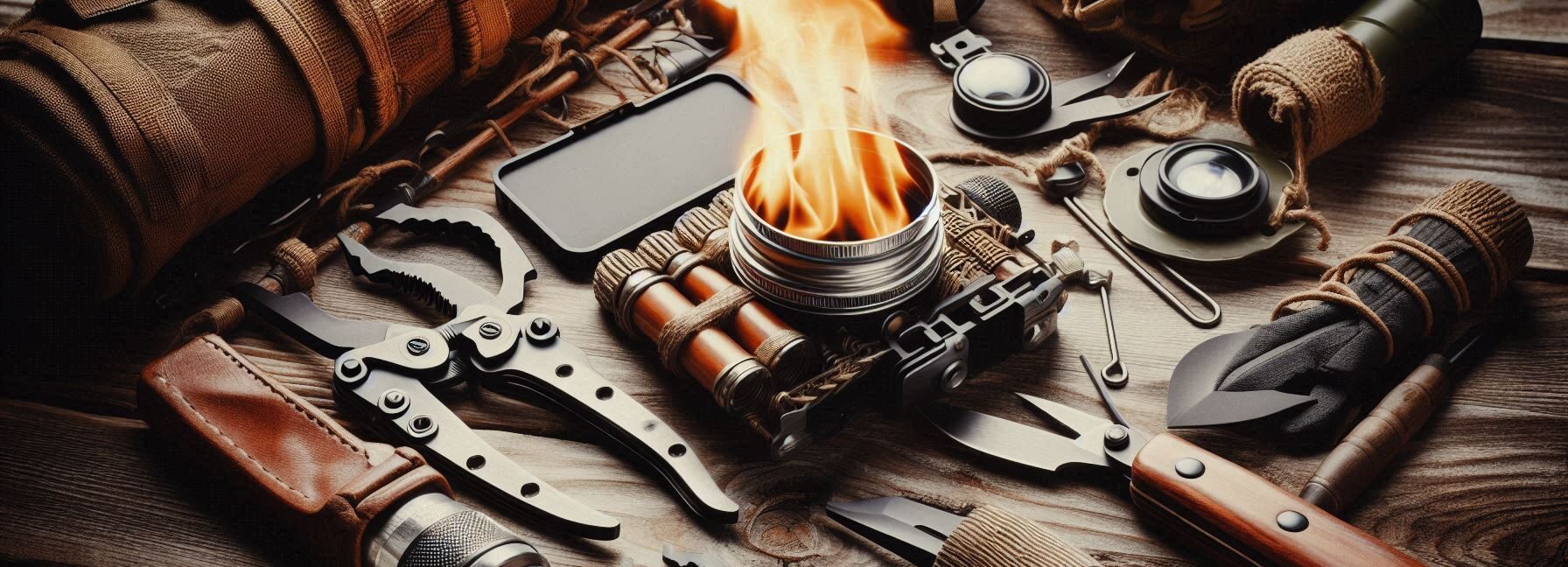Please Note: This post may contain affiliate links. If you click one of them, we may receive a commission at no extra cost to you. As an Amazon Associate, I earn from qualifying purchases.
Last Updated on November 2, 2025 by Kevin Collier
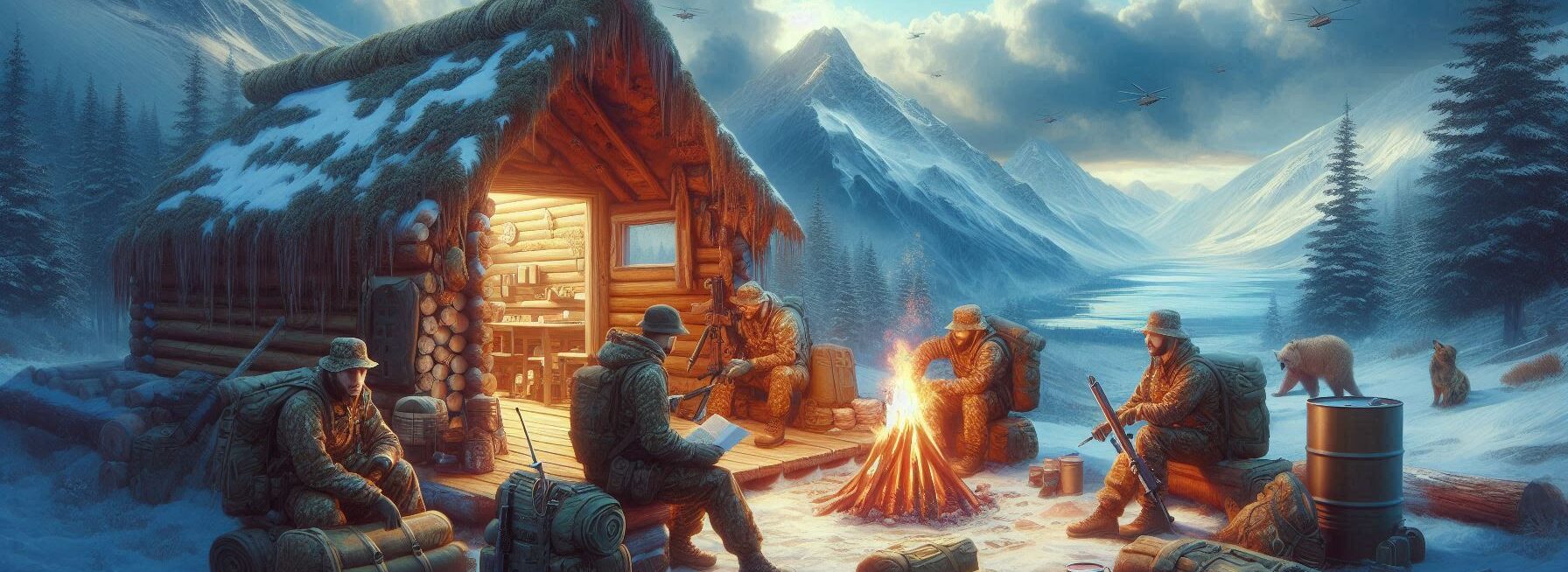
Top Takeaways and Key Concepts
- Assess your environment first; choose shelter based on terrain, weather, and hazards.
- Pick a shelter type—tent, hammock, or lean-to—suited for your trip length.
- Consider weather: ensure waterproofing, airflow, and wind protection for comfort and safety.
- Match shelter size to your group; avoid cramped or insufficient sleeping space.
- Pack essential gear: sleeping bag, lighting, and extras to enhance shelter comfort.
Choosing the right shelter is a big deal. Think about it. A cozy shelter can make your adventure fun, while a bad one can bring surprises. And not the good kind—like waking up to a raccoon stealing your granola bars. Yikes!
First, you want to figure out what kind of shelter you need. Are you camping deep in the woods? Or maybe you’re just somewhere nearby? That matters. A tent is great for camping. It’s easy to set up and takes you closer to nature. Just imagine this: you crawl into your tent after a long day, zip it up, and feel snug as a bug in a rug. Ahh, peaceful.
If it’s a really cool spot, like a forest clearing, you might want to try a hammock. Hammocks can be so relaxing! You swing a little in the breeze. Just remember to find two strong trees. And bring one of those fancy bug nets because no one likes a mosquito party.
Then, there’s building a shelter if you’re feeling crafty. Maybe using fallen branches, leaves, and some good ol’ twine. It can be a fun challenge! Just think, “Bear Grylls would be proud!” But make sure it’s sturdy enough. You don’t want it to collapse, especially when you’re trying to take a nap after a big hike.
A good spot matters too. Look for flat ground. Avoid places right under a big tree. That tree might drop some branches like they’re trying to play dodgeball. Not cool. Find somewhere dry, too. Waking up in a puddle is not a great start to the morning.
When you’re picking a shelter, think about safety. If it’s really windy, you want it tucked in a spot where the wind won’t come howling like a wolf at night. A little privacy helps too. You don’t want to feel like you’re on display for all the critters and curious campers.
Remember, packing the right supplies also helps. A good sleeping bag can keep you warm and cozy. Throw in a flashlight or headlamp so you can shine some light on all those little nighttime sounds. It’s amazing how different things look in the dark!
All this might feel a bit like a lot, but take it one step at a time. Choosing the right shelter makes your outdoor time even better. You’ll feel relaxed and ready to enjoy whatever adventure comes your way. And they’ll become stories you share over fires and cups of hot cocoa. Enjoy the wild!
Contents of This Page
*** Shop for Survival Gear - Tools - Kits ***
Survival Gear - Bags and Backpacks - Knives - Boots/Footwear - Communication
Outdoor Cooking - Gloves - Hydration - Dry Boxes - Water Filtration Systems
Tents - Sleeping Bags - First Aid Kits - Multi-Tools - Flashlights - Fire Starters
Navigation - Survival Food - Night Vision - Headlamps - Stun Guns - Binoculars
1. Understanding Your Environment
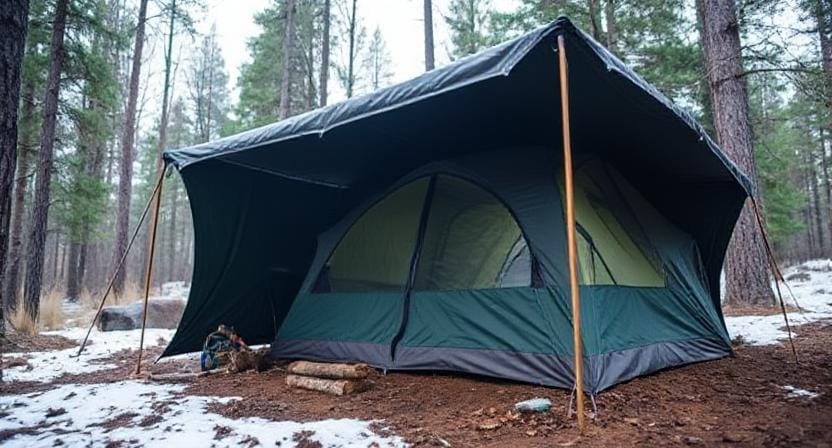
First things first, know where you are! The natural outdoors can be just as unexpected as my Uncle Bob after two glasses of coffee. Is there a lot of greenery in the forest? A desert with no life? Or maybe a place where surprise snowstorms happen that make your last winter vacation appear like a trip to the tropics?
Every environment has its own strange things. For example, if you're in a forest, trees can protect you from the elements, but they can also be dangerous if they fall on you. Think of them as nature's version of dodgeball.
Deserts, on the other hand, may have wide-open landscapes, but they also have their own problems, such very hot or cold weather. You don't want to roast throughout the day and then freeze at night because you thought one flimsy tarp would be plenty!
2. Different Kinds Of Shelters, From Tents To Lean-Tos
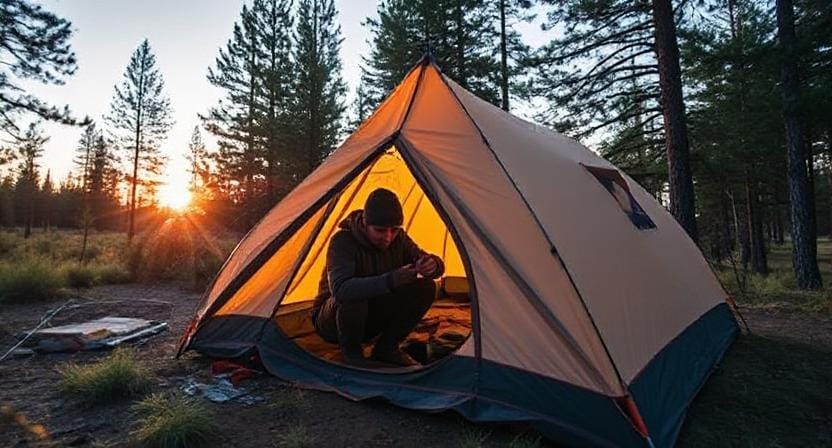
It's time to pick your weapon, I mean refuge, now that you've looked about. There are a lot of choices, so you can pick the one that feels best for you.
Tents: These are perhaps the most popular choice among campers who don't want to sleep outside or risk being mistaken for one of those inflatable lawn decorations on windy evenings.
There are many different shapes and sizes of tents. Some even have nice extras like built-in porches (because who wouldn't want to make their tent experience better?).
If it takes more than ten minutes to set up, you might want to go back inside and call it a day.
Lean-tos: If you're feeling brave and want something more rustic, you can make lean-tos out of twigs and leaves you find around.
They are nature's way of wishing you good luck. To build one, you need to be creative and maybe even have some engineering abilities. But hey, nothing says “I'm capable” like making your own shelter while avoiding mosquitoes.
3. Things to Think About When It Comes To The Weather
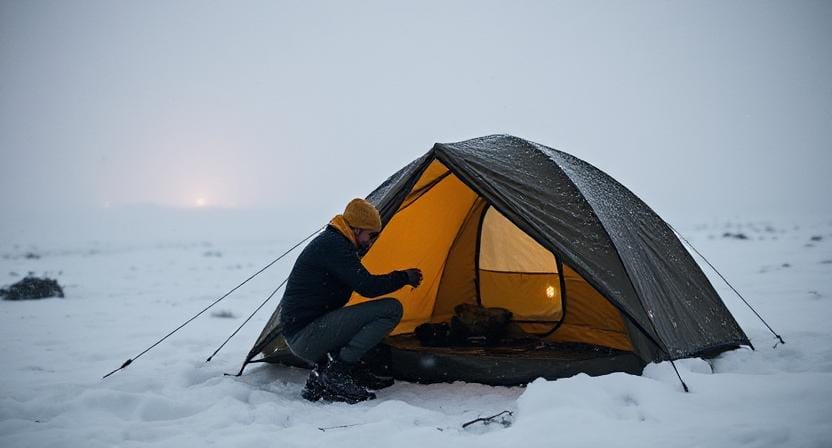
Let's discuss the weather because Mother Nature can be very temperamental, much as I am when I skip breakfast! Think about the weather you'll have to deal with when choosing a shelter.
If it's raining, you'll want something that won't get wet. Otherwise, you'll wake up wondering why everything smells like wet dog (and not in a good way).
When it's hot? Look for shelters that have sufficient airflow. No one likes to feel like they're stuck in an oven unless they're making s'mores.
And don't forget about the wind! Choosing low-lying places or employing natural obstacles like rocks will help keep gusts from turning your tent into a kite.
4. Length of Stay: Short vs. Long-Term

Are you going to remain for just one night or for a long time? This decision has a big effect on the shelter you choose.
A modest tarp setup can work well for short excursions where comfort isn't the most important thing—just enough room to lie down and think about pizza. But if you're going on a week-long trip (or hiding from family), it might be worth your effort to build something stronger.
Think of strong walls constructed of logs or stones. You'd rather not have to worry about leaks and instead enjoy campfire stories!
5. The Size Of The Group Matters
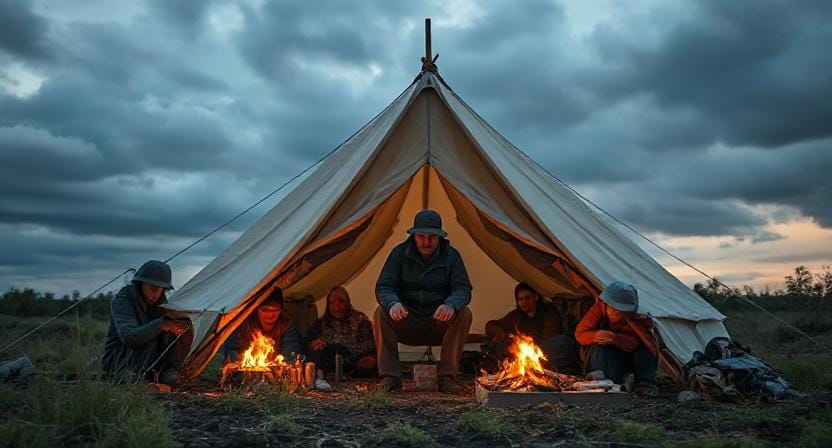
Don't forget about how groups work! Are you going alone or camping with buddies who think that sharing space means lying on top of each other?
If it's just you and your dog Fido, any little tent would do. It should be one that doesn't have holes big enough for him to get out of.
But what about when you go camping with other people? You need a lot of space so that no one is left outside freezing while everyone else sleeps well within their warm fortress. You don't want someone complaining about being left out because they couldn't fit their sleeping bag next door!
Conclusion: Trust Your Gut
Choosing the right shelter is all about trusting your gut and maybe checking Google Maps for good measure. Who knew planning could be this much fun, right? Every situation's different. What’s comfy today might not feel great tomorrow, especially if that bear decides to drop by for a snack.
Think about it. One day, you might be camping under the stars. The next, you could be dodging rain or keeping an eye out for unexpected visitors. Those visitors could be anything from a curious deer to Grandma showing up with her famous potato salad.
Packing your gear is key. Grab your tent, sleeping bag, and maybe a little camp chair for lounging. And don’t forget the snacks, because hungry campers are cranky campers. Seriously, those granola bars will save you.
As you pick your spot, remember to look around. Is it nice and flat? Does it have good trees? You want something sturdy but cozy. Taking a moment to breathe can help you find the perfect place.
When the weather changes, don’t panic. It’s all part of the adventure. Maybe it’s just a little sprinkle, and you can cozy up inside your tent with a book. Or, you could be out there pretending to be a brave explorer on a quest.
Being prepared means you’ll have the best time. Whether you're climbing mountains or just trying to survive another family barbecue without losing your cool, you can do it! Just keep that sense of humor.
You might end up with stories to tell and laughter to share. The wild is out there, and it’s waiting for you, ready for fun and maybe a bit of chaos. Embrace it!
Frequently Asked Questions
How do I decide which shelter type is best?
Choose based on the environment, weather forecast, and how long you plan to stay in one spot.
Are tents always the most reliable shelter choice?
Tents are reliable for most camping situations, but may not be ideal in high winds or extremely rough terrain.
When is a hammock a better option than a tent?
A hammock is useful in wooded areas with sturdy trees and good airflow, especially in warm climates with bugs.
Is it safe to build a natural shelter like a lean-to?
It can be safe if built solidly from strong branches and placed away from dead limbs or unstable slopes.
How much does weather impact shelter choice?
Weather is a major factor—rain requires waterproofing, heat requires ventilation, and wind requires protection.
Should shelter size match the number of people?
Yes, ensure everyone has enough sleeping space so nobody is exposed, cramped, or forced into unsafe spots.
What gear improves shelter comfort?
Packing a sleeping bag, light source, and weather protection items improves warmth, visibility, and safety.
Suggested Resources:
Survival Tips for Beginners
https://www.survivaltips.com/beginners-guide
How To Build a Shelter
https://www.wildernesssurvival.com/build-shelter
Essential Camping Gear Checklist
https://www.campinggear.com/checklist
Emergency Preparedness Guide
https://www.ready.gov/prepare

Kevin Collier is a seasoned survivalist and expert in prepping and homesteading, contributing to WiseSurvive.com. With a deep-rooted passion for self-sufficiency and outdoor survival skills, Kevin shares practical advice, strategies, and resources to help individuals prepare for any challenge. His informative articles cover a range of topics, from essential survival techniques to sustainable living practices, empowering readers to thrive in any situation. Whether you're a novice or a seasoned prepper, Kevin's insights will inspire you to take charge of your readiness and build resilience for the future.




